EGGSHELL MOSAICS
EQUIPMENT: Glass jars, various sizes. Tweezers. Metal spoon. Tracing paper. Carbon paper. Scissors. Pencil. Small pointed paintbrush.
MATERIALS: Eggshells. Liquid fabric dyes or food coloring (colors given under individual directions). Elmer's Glue-All. Clear acrylic enamel spray. For additional materials, see individual directions.
GENERAL DIRECTIONS: Save eggshells from cooking. Rinse them in water and remove thin membrane that may have adhered to interior. (Membrane pulls off easily.) Shells from four large eggs cover area about 6" x 11".
To Prepare Surfaces: Paint or paper item (see individual directions); dry thoroughly. Copy or enlarge designs, below, on tracing paper; transfer to surface by going over lines of design with carbon underneath.
To Dye Eggshells: Use a different jar for each color, pint or quart size depending on quantity of shells to be dyed. Mix dye with hot water according to directions on bottle, then immerse eggshells in dye-bath and stir with metal spoon until desired shade is reached. Rinse shells in cold water; set aside to dry. Note: Since eggshells range from white to brown, dye will cover them in varying shades, adding to the interest.
To Apply Eggshells: Break up eggshells into irregular pieces, varying from about 1 1/4" in diameter to bits the size of a pinhead. Apply larger pieces first. With small paintbrush, cover back of shell with film of glue; place in position with tweezers. Press shells firmly until they are flat and glue adheres; the pressure produces a crackled finish. For tiny pieces, just dip into glue and apply where needed to fill in small areas. When glue has dried thoroughly, spray with clear enamel.
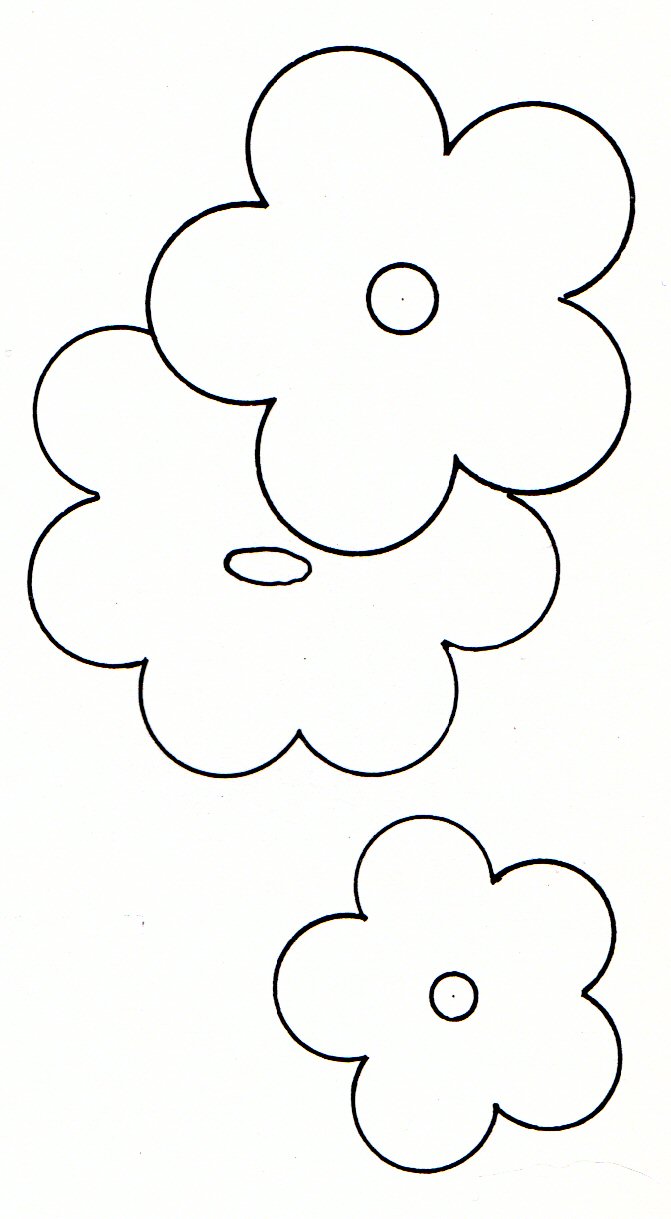 TRAY: Additional Materials: Two paper trays, 10 1/4" x 5 1/4" (the kind used for packaging meat). Orange spray paint. Green and orange dyes. Four 3/4" felt disks.
TRAY: Additional Materials: Two paper trays, 10 1/4" x 5 1/4" (the kind used for packaging meat). Orange spray paint. Green and orange dyes. Four 3/4" felt disks.To Make: For a sturdy tray, glue one tray inside the other; then wet edges thoroughly with water and apply glue between them, squeezing the two edges together until they adhere to each other. Place a weight on center of doubled tray to hold its shape while drying. When dry, spray with several coats of orange paint.
The ancient art of matching small pieces of stone, glass, etc., to form a mosaic design can be experienced with dyed eggshells! Pieces of colored shells are glued to a painted or papered surface. Note the vibrant marbelized effect in a bowl of fruit against white fiberboard, in the 16" x 20 1/2" picture above. Paper tray with natural eggshells and bright flowers becomes a snack server.
PICTURE: Additional Materials: White fiberboard, 16" x 201/2". Dyes: red, green, purple, yellow, blue. Lattice strips, 1" x 1/4": two 16" long, two 21-1/8" long. Small nails. Hammer. Dark green paint. Paintbrush. Gold braid, 2 1/4 yards.
To Make: Enlarge design for bowl of fruit above by copying on paper ruled in 1" squares; transfer design to fiberboard. Glue on eggshells, using following colors: red for apples, yellow for lemons and bananas, light green for pear, purple for plum and grapes, medium blue for eggplant, light blue for bowl, dark green for leaves, stems, shadow. When glue is dry, spray with clear enamel.
To Make Frame: Fit lattice strips closely around outside of fiberboard; nail together at corners; paint dark green. Run a line of glue around edges of fiberboard and place frame over it with frame extending to front as shadow box. To finish, glue gold braid along inner frame.
This article, from the 1979 Women’s Circle Crafts & Needlework Collection, includes a good tip where to find more eggshells...
Transform your eggshells into a work of art
Next time you crack open an egg, don't throw out the eggshell. It is a valuable item which can be transformed into a work of art.
The shells of one dozen eggs can make an 8" by 10" mosaic. You will probably want to color them first. This can be accomplished by washing them thoroughly, then placing them in containers of water tinted with food coloring or clothing dye. After they reach the desired color, remove from the color bath and place on newspaper to dry.
Decide upon a design. If you can't think of one, a coloring book may provide good designs on many subjects. These can be traced onto a surface of cardboard, wood, matte board, or any sturdy backing.
There are two ways you can apply the eggshells to the board. First, spread white glue over the area to be covered with shells. Then, either crack them in your fist and sprinkle them on the glue or break them into large segments, place them on the board and press them in place.
Small areas are more easily covered with finely cracked shells. To do this, place shells in a cup, then smash them into tiny pieces with a fork. Sprinkle them in place or use tweezers to reach hard to get at spots.
You can apply the shells in one or more layers. Sprinkle or press them on as thick as you like, then pour thinned down white glue over all (a mix of flour and water also works as an adhesive).
Eggshell mosaics don't have to be made from predyed shells. Cover a board with white shells, then, paint your design over them. Use any type of paint - watercolors, acrylics, tempera, etc. Paint can also be used to touch up area or to add detail to predyed mosaics.
You don't have to eat 6 eggs every day for a month in order to get the shells for a large mosaic. Go to a nearby restaurant and ask them to save their eggshells for you. After one breakfast rush, they'll have enough shells for you to make a dozen mosaics!
Joanne Whitfield


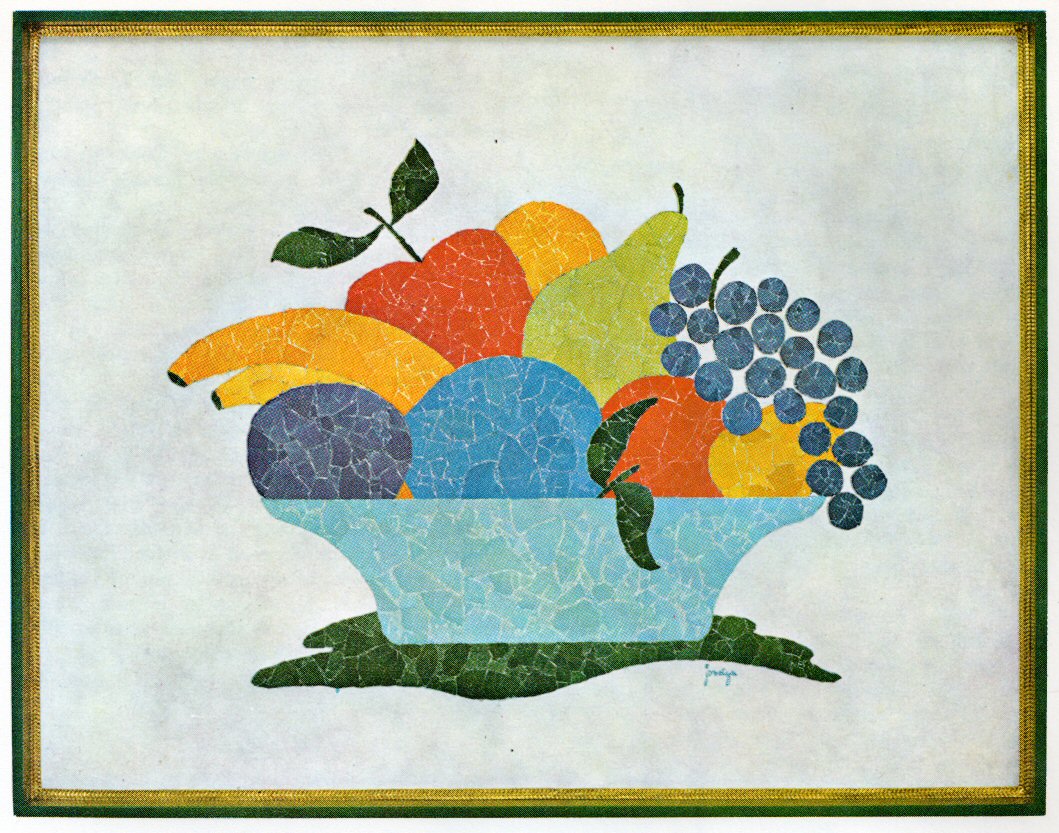
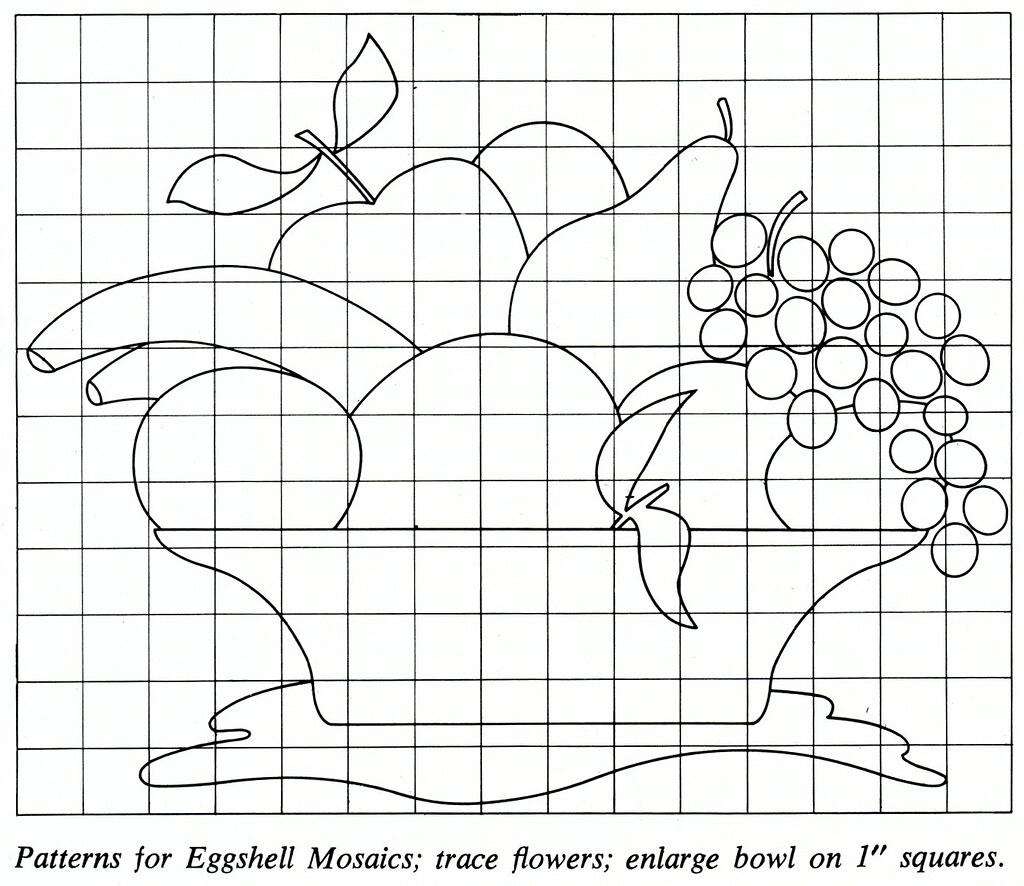

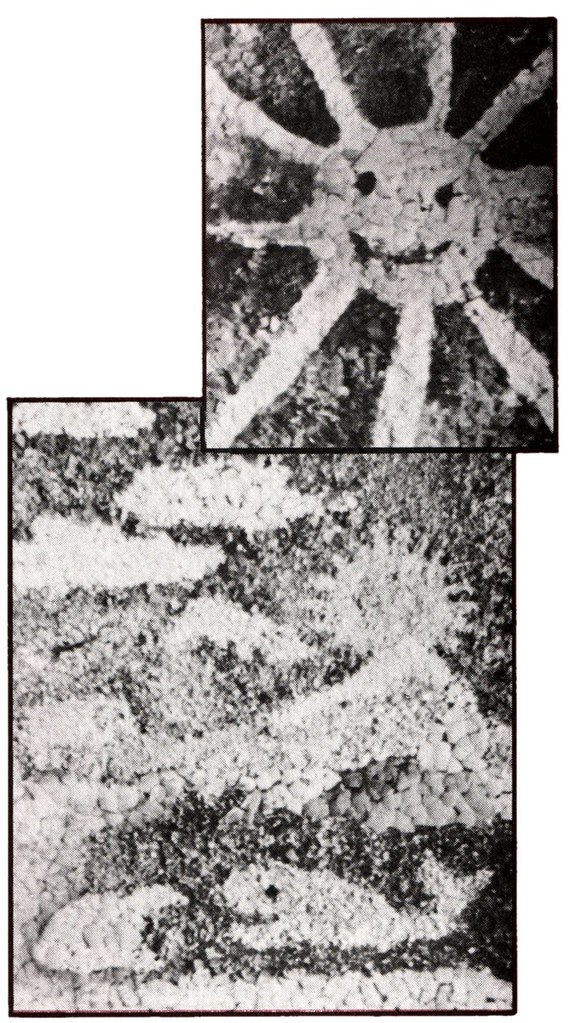

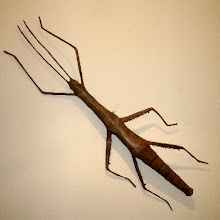



No comments:
Post a Comment